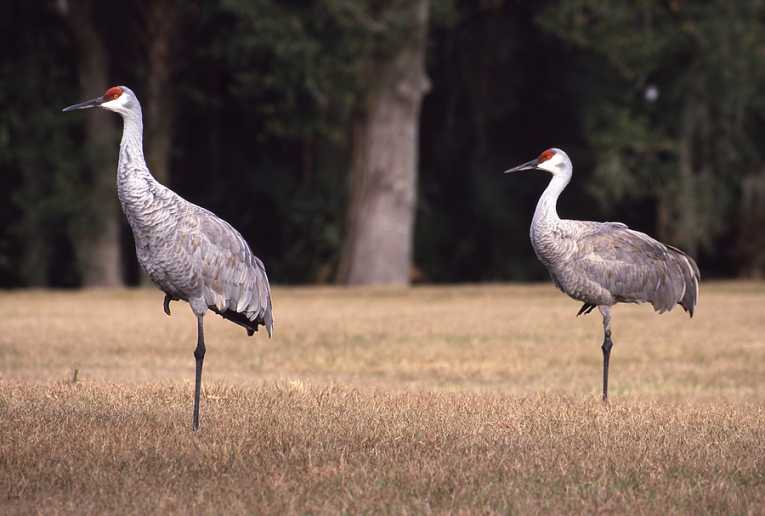The U.S.Fish and Wildlife Service will conduct a review of 374 rare aquatic, riparian and wetland species to determine if they should be listed as threatened or endangered under the Endangered Species Act.
The action was prompted by a petition listing more than 400 plant and animal species that are native to southeastern wetlands and waterways. The creatures under review include four mammals, 13 amphibians, 12 reptiles, several bird species, and numerous plants and insects.
One notable animal undergoing consideration is the Florida sandhill crane, a long-legged aquatic bird that resembles herons, except for a bald, bright-red patch of skin on the top of its head.
The cranes do not adapt well to encroachment by humans. Florida's population growth was among the highest in the United States until leveling off in recent years, due to the recession.
Many of the species on the list are limited to small areas, but some have traditionally been known to range over broad portions of the southeastern United States. Due to habitat loss, disease, predation and other pressures, their numbers, and habitats, have dwindled dramatically.
Despite the move to review their status, the future of many of these species remains uncertain. The review process ordinarily takes years to complete, and will involve public hearings and other hurdles. In the interim many of the plants and animals under review face ongoing threats to already shrinking habitats.
"The Endangered Species Act has proved to be a critical safety net for America's imperiled fish, wildlife, and plants," said Fish and Wildlife Service Director Dan Ashe. "Our finding today is the first step in determining whether these species need the special protection afforded by the Act."
Top Image Credit: Sandhill Cranes © impalastock










